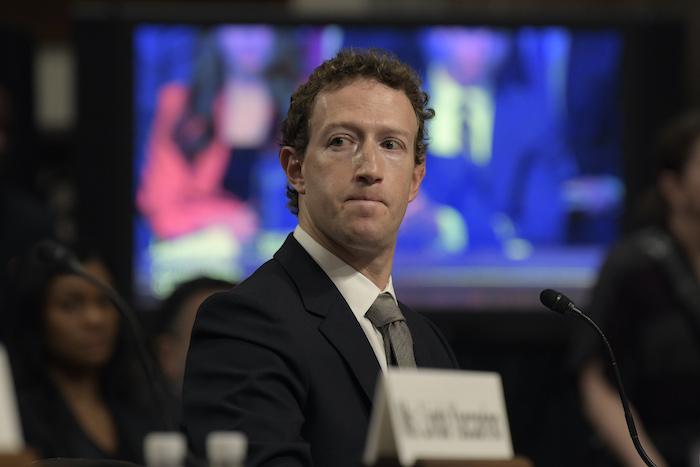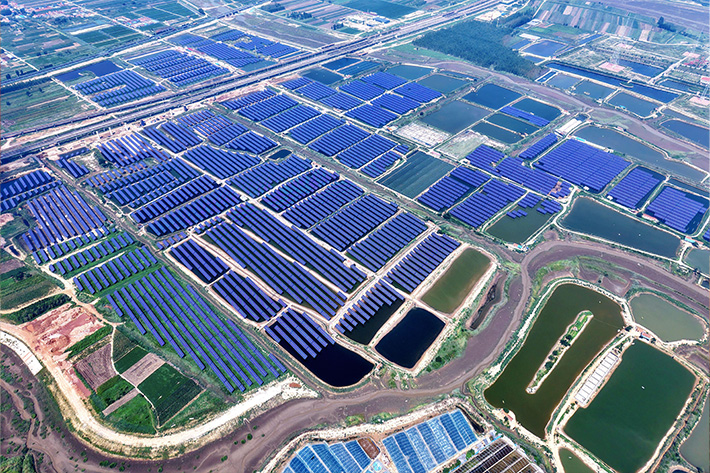(ATF) The dramatic resurgence of Covid infections in India and reimposition of curbs to rein in the surge has spooked businesses and dented the jittery consumer sentiment. Experts say it threatens the sharp economic rebound enjoyed over the past six months.
But they expect the recovery will resume later in the year once restrictions normalise, as the pace of vaccinations accelerates, because the global backdrop remains supportive.
“With the new Covid cases in India surging to a record high and a host of states announcing stricter lockdown restrictions, investors are concerned about the risks to macro and earnings recovery,” a recent Goldman Sachs report said.
“We reduce Q2 forecasts but expect moderate impact overall as the restrictions have been targeted to specific sectors without broad spillovers so far. Our economists have revised down their CY21 real GDP growth forecast to 10.5% (from 10.9% previously) but remain above consensus,” it added.
India confirmed an all-time high of more than 184,000 infections in the past 24 hours on Wednesday and recorded another 1,027 deaths, pushing the active caseload close to the 14-million-mark and making the country’s caseload the fastest-growing in the world.
Many states, including Maharashtra, Delhi, Chhattishgarh, Punjab and Haryana, have imposed night curfews, partial lockdowns and a reduction in working hours to limit the spread of the virus.
Economists believe contact intensive services may be the first casualty of the second wave of the pandemic. In March, both manufacturing and services PMI declined, which reflected the early impact of the surge in infections.
SECTORAL IMPACT
Earlier this month, the International Monetary Fund (IMF) raised its growth forecast for the Indian economy to 12.5% from 11.5% estimated in January. However, it said the forecast faces downside risks due to the second wave of infections.
But the record surge in cases over the past two weeks seems to be dragging key weekly indicators of economic activity already.
Power generation growth, for instance, fell to single-digits, although India generated around 9% more electricity than it did in the year before the pandemic. Growth had been over 15% in January, according to Google data.
Industrial production saw a 2.2% year-on-year fall in the first two months of 2021, while exports haven’t been a big support for manufacturing either, according to a study by ING.
Meanwhile, supply shocks to food and fuel prices have started to push inflation towards the Reserve Bank of India’s 6% policy limit in recent months (5.5% in March), ING said.
Consumers are becoming more wary too. Google’s mobility data shows an increase in the number of essential shopping visits. Google uses anonymised location data to keep a track of how people are moving during the pandemic, tracking visits to various kinds of places by category. The numbers are compared to the times before the pandemic. People have reportedly been stocking up on essential goods amid talks of fresh lockdowns to control case numbers – that are nearing 200,000 a day.
A strong resurgence in the Covid cases and the ensuing restrictions by various state governments are set to disrupt the hospitality sector as well.
The improvement in macro indicators in terms of business as well as the recovery rate of Covid had kick-started a revival in the hospitality sector, pushing up occupancy by over 40% during the third quarter.
That was primarily driven by the leisure segment and “revenge travel” (by people fed-up with lockdowns) during weekends and the festive season, plus weddings, along with food and beverage demand.
SOFTENING BOND YIELD
For the Reserve Bank of India (RBI ) though, it is a Catch-22 situation. Experts say that while the central bank is under pressure to maintain its accommodative stance to buttress growth, it will also have to keep inflation in check.
Consumer price index (CPI)-based inflation rose to 5.52% in March, from 5.03% in February as core inflation soared to 5.7%.
Bond yields, though, have started pricing in some of that sticky inflation. However, the 10-year bond yield has remained low and stable as the central bank is targeting the 10-year segment as a signal rate. The benchmark 10-year government bond yield remained stable at 6.011% at the close on April 14, which was flat from its previous close.
THE UPSIDE
However, a Moody’s report said: “India’s very low death count and relatively young population also help mitigate risks. The GDP is still likely to grow in double digits in 2021 given the low level of activity in 2020”. And it noted that the country’s vaccination drive is a key element to manage the second wave, although shortages could slow those efforts.
The economy was likely to register growth of 13.7% in FY22, it said, which would be a strong rebound from a 7% contraction this fiscal year, on the back of more normal economic activity.
Moody’s maintained a sovereign credit rating of Baa3 (negative), the lowest investment-grade rating in the region.
ING said: “We don’t think the Modi government is keen to entirely stifle the economy with a nationwide lockdown. Doing so would not go down well in the run-up to looming state elections. As such, the hit to the economy during the second wave of Covid is expected to be less pronounced than that during the first wave. On the flip side, year-on-year activity growth will also get some lift from the low-base effects.”
























